Den of the Templars: a rare and exciting plan of the great French port of La Rochelle.
[LA ROCHELLE] Il vero sito della Rocella hora occupata da heretici et Ribelli di sua Maestà Christianissima della Quale sono Assediati.
$6,500
1 in stock
Description
This incredible plan depicts the harbor of La Rochelle on France’s Atlantic coast. The cartographer uses multiple perspectives so that the seascape looks flat and schematic, whereas the fort’s architecture is rendered in a manner that brings the medieval harbor to life.
There are two key aspects to this map that any collector will appreciate:
- It is a city plan firmly anchored in the Lafreri School of cartography, executed to the highest standards, and embedded with numerous historical and symbolic references.
- La Rochelle played a decisive role in the Atlantic trade networks of the Middle Ages and at one time was the largest and most Atlantic port in France. In addition, La Rochelle has a long and deep connection with the Knights Templar, adding intrigue to historical importance.
The Siege of 1572
The event that prompted the creation of this map was a siege laid to La Rochelle in 1572-73. The siege was part of the French Wars of Religion, which saw thousands of people killed for their protestant beliefs, and even more forced into exile. The French protestants were known as Huguenots, and the city of La Rochelle was a known Huguenot bastion. The attack began after inhabitants refused to receive a royally appointed governor. This affront prompted the Duke of Anjou to lay siege to the city in November 1572.
Unlike many direct confrontations between Catholics and Protestants, the siege of La Rochelle never turned into a massacre. During the siege, some assistance arrived by sea, including support from Elisabeth I of England and Dutch corsairs raiding Spanish ships. Sentiments among the nobility were also shifting, with an increasing number of French noblemen seeing the violent persecution of Huguenots as somewhat excessive. The siege ended without result in May of 1573, when the Duke of Anjou was appointed the new King of Poland and thus had new priorities.
This particular period of religious strife – known as the fourth phase of the French Wars of Religion – ended later that year when the Edict of Boulogne was signed in July. The edict designated three cities within France where Protestantism was permitted under strict observance. La Rochelle was one of those three cities, marking it as France’s most important Huguenot stronghold.
Layout and composition
The plan shows the fortified port as seen from above. It adheres to the cardinal directions so that north is towards the top. The structure consists of a star-shaped fortification with triangular towers at each corner and towering structures on or just inside the curtain walls. Extensive printed annotations provide some of the necessary context and help identify individual structures. Interestingly, the interior space has been left almost entirely blank. We know from contemporary maps that inside the walls was a densely inhabited town divided into three main thoroughfares intersected by parallel streets.
This map instead focuses on fortifications, towers, and gates, which have been elaborately drawn in and labeled to underline La Rochelle’s impressive defensive capabilities. At the city’s western end is the fortified harbor, which is surrounded on all sides by monumental towers and buildings and holds seven ships within. Behind it, within the actual seascape fronting the city, the entrance to the harbor is under blockade by French warships.
Among the most notable features inside the city walls, we find the remains of a medieval castle originally built by English King Charles II after La Rochelle came to him as dowry when he married Eleanor of Aquitaine in 1152. Dubbed the Vauclair, the ruins of this structure still loomed large in the history of La Rochelle, in part because England had recently had its own violent break with the papacy and now seemingly supported the Huguenots of France (to the extent allowed by the Treaty of Blois). Even though significant sections of the Vauclair’s east wall can still be seen in La Rochelle’s central square, Place de Verdun, the mapmaker depicts the Plantagenet fortification as ruined foundations just inside the north wall of the city.
Another interesting feature of the internal space is the large tower near the harbor, labeled l’Horologio publico. This very early public clock was a well-known feature of La Rochelle, which had a reputation for advanced knowledge and technology. Like the Vauclair, parts of the original clock tower (rebuilt in the early 18th century) have survived until today.
The star shape of the fort is a poignant reminder of another new and increasingly advanced technology represented on this map, namely canons. Henry II of France (1519-1559) was one of the first European monarchs to classify canons by caliber to streamline production and meet specific purposes. Wheeled canons are represented along the entire stretch of the city walls and on the corner towers and bastion forts. Canons are even seen pointing in different directions on the rooftops of both the Tower of St Catherine and the large castle at the southeastern tip of the enclosure.
While the compilation of this map undoubtedly was prompted by the Siege of 1572-73, most of what is shown on Lafreri’s map constitutes far older structures. During the 15th century, La Rochelle had become France’s most important port on the Atlantic, accumulating enormous wealth by trading in local delicacies like wine, salt, and cheese. Much of this money was channeled back into further developing the capacity for trade and defense, and the fortified port shown in this evocative rendition largely reflects these efforts.
The port of the Templars
La Rochelle has a long and complex political history. We noted how it came under English rule for period under Henry II, and this was not the only time in history that the English controlled this French port. Among the most persistent historical myths associated with La Rochelle is, nevertheless, the role it played in the secret networks of the Knights Templar.
After Christian rule in the Holy Land collapsed in the first years of the 14th century, the Templars began returning to Europe in full force. The order already had enormous wealth and land holdings throughout Europe. Eleanor of Aquitaine was favorably inclined and allowed them tax-free operations and significant landholdings in and around the Atlantic port. According to legend, when 18 ships sailed all the remaining Templars in the Middle East from Cyprus to Europe around 1300, it was with La Rochelle as their destination. The implication was that they brought their vast treasures with them and that some of this wealth was used to build a new base of operations in La Rochelle.
Setting aside the legends of treasure for a moment, it is historically evident that La Rochelle constituted the maritime epicenter for Templar operations from this moment until their disbandment. It was ideally situated for the Templars because it allowed close connections to be built with England and Scotland. The latter was crucial for Templar planning in the early 14th century. With their Middle Eastern venture over, the Templars had to find their role in the political theatre of Europe. They were powerful and wealthy, but as is often the case, such strengths came with enemies.
Many monarchs in Europe owed enormous sums to the Templars, and their status as subservient only to the Pope was a thorn in the side of European rulers. Aware of the growing threat, the Templars looked to regions of Europe that were beyond the reach of the Church. Scotland was precisely such a place because in his endeavor to free the Scots of English rule, Robert the Bruce had been excommunicated and thus declared an enemy of the church despite his sincere faith.
The suspicions entertained by the Templars soon became harsh reality. On Friday, October 13th 1307, Templars across France were arrested in a coherent sting instigated by the French King (who naturally was among those deeply in debt to the order). Grandmaster Jacques de Molay – and several of his closest cohorts – were arrested in Paris only days after they had handled an enormous secret shipment that the French presumed was treasure. Despite the intelligence-gathering and a concerted effort to pinch all the knights in one maneuver, this treasure somehow disappeared under the noses of the French authorities. Once again, rumors claimed that it had been moved to a safe location in or near La Rochelle. It was said that the same 18 ships that had sailed from Cyprus to France were now loaded with knights and treasure and sailed from La Rochelle to the northern reaches of Scotland. Modern historians have argued that if the treasure indeed did exist, and a contingent of Templars escaped with it, this would indeed have been the most likely route and destination.
A final historical myth should also be mentioned, though this probably springs from the Templars’ political relationship with the Scots. Many believe the epicenter for Templar activity in Scotland is in Roslyn. Indeed, some celebrate Roslyn chapel as a distinctly Templar church, despite the fact that it was built in the 15th century (this is the idea in Dan Brown’s famous book The Da Vinci Code). Here too, some envision a connection with La Rochelle.
The Earl of Orkney and Lord of Roslyn, Henry Sinclair (died c. 1400), was a Scottish nobleman who commanded the voyage of exploration in the Western Atlantic that supposedly was undertaken by the Venetian Zeno Brothers in the late 14th century. This myth propagated around the time our map was compiled and published, and which originated with a Venetian merchant who claimed to have found letters and a map by his forefathers in the family archives. The Zeno Brothers map is one of the great mysteries of cartography, but in this case, it has been reinforced by the identification of indigenous American plants in the carved stone ornamentation of Roslyn Chapel in Scotland.
With the far older Templar connection to Roslyn and the seemingly strange decision to place their maritime base on the distant Atlantic coast rather than in the Mediterranean, La Rochelle has also been the subject of extensive historical speculation since. It prompts questions like, were the Templars aware of a land to the west well before the rest of Europe? And if so, was their focus on La Rochelle (and later Scotland) really about completely reorienting geographic interests to the west? After the final collapse of their Middle Eastern bases, which had lasted more than a century, was it possible that the Templars had joined forces with the Venetians and the Scots to take on and dominate an entirely new sphere of influence and trade?
It is unlikely, but in the scope of things, far greater historical myths have turned out to be anchored in truth…
Census
This is the third state of the map, with the imprints of both Antonius Lafreri Romae and Petri de Nobilibus Formis. All states are extremely rare, with this one held at the National Library of Malta and the Bibliothèque Nationale in Paris.
Cartographer(s):
Antonio Lafreri, or Antoine Lafréry, also Antoine du Pérac Lafréry (Orgelet, c. 1512 – Rome, 1577), was a French engraver, cartographer and publisher, active in Rome.
Condition Description
Good. Dampstaining around the edge. Centerfold reinforced with archival tape on verso. Repaired tear in top margin.
References
Bilfolco, Stefano. Cartografia e Topografia Italiana del XIV Secolo. Volume 2, Tav. 419.
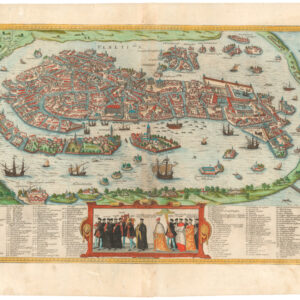
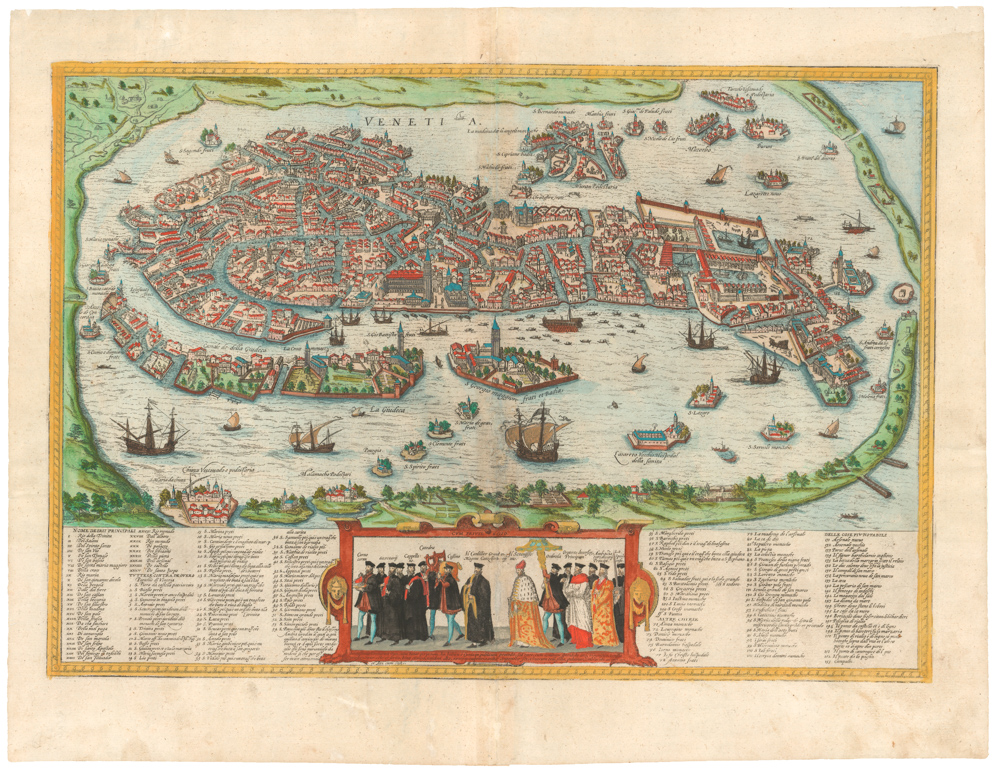
![Delimitation de la Zone Occupee [German Occupation of France]](https://neatlinemaps.com/wp-content/uploads/2019/12/NL-00782-scaled-300x300.jpg)
![Delimitation de la Zone Occupee [German Occupation of France]](https://neatlinemaps.com/wp-content/uploads/2019/12/NL-00782-scaled.jpg)
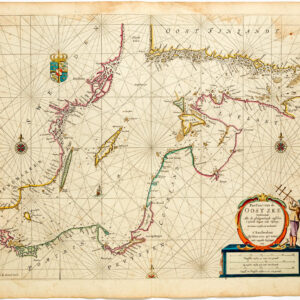
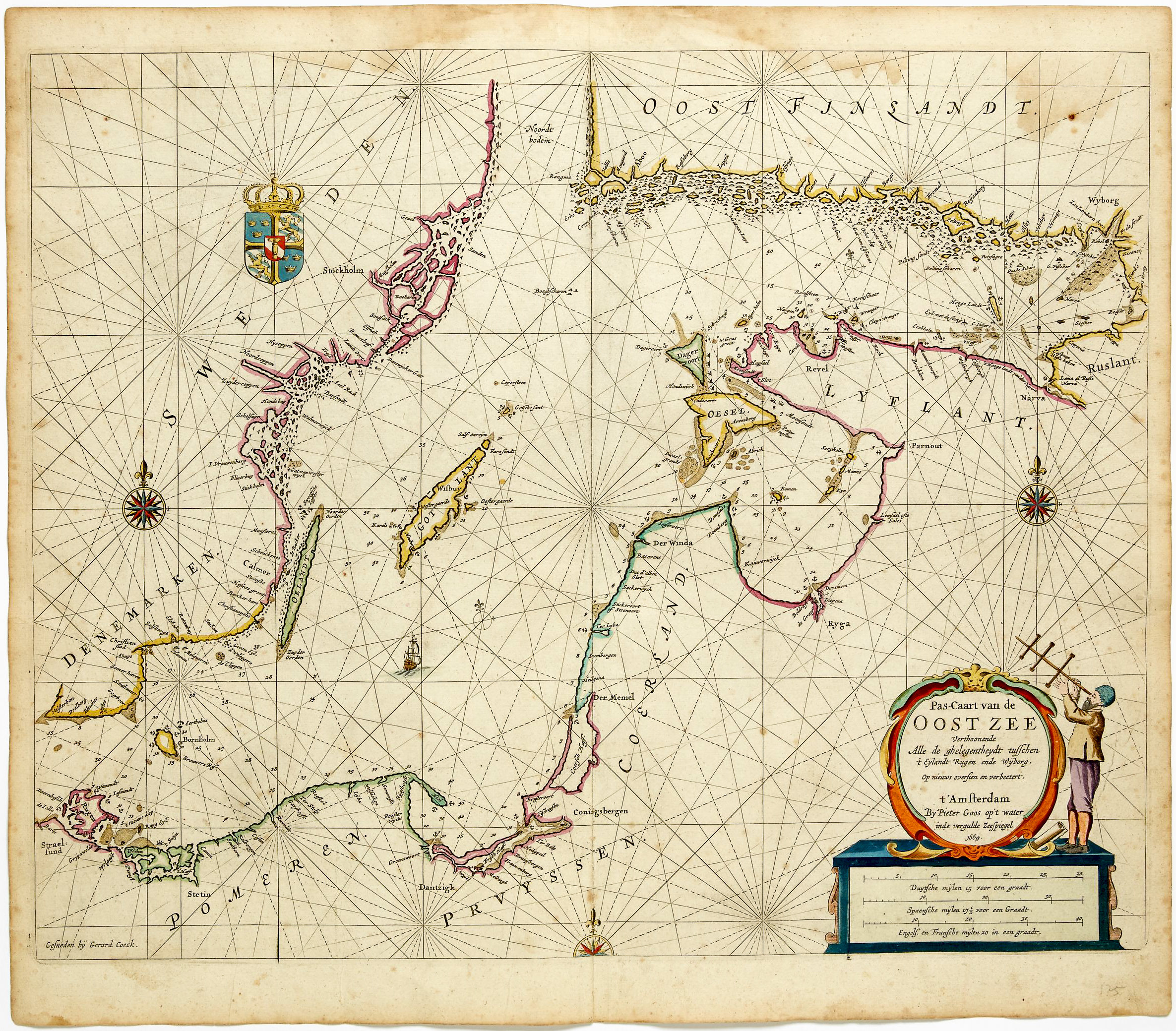
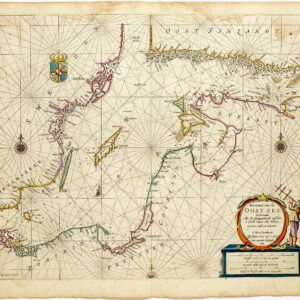
![[Map of Steamship Routes and the Railways and Post Roads of the Russian Empire]](https://neatlinemaps.com/wp-content/uploads/2020/04/NL-00827_Thumbnail-300x300.jpg)
![[Map of Steamship Routes and the Railways and Post Roads of the Russian Empire]](https://neatlinemaps.com/wp-content/uploads/2020/04/NL-00827-scaled.jpg)
![[Map of Steamship Routes and the Railways and Post Roads of the Russian Empire]](https://neatlinemaps.com/wp-content/uploads/2020/04/NL-00827-scaled-300x300.jpg)